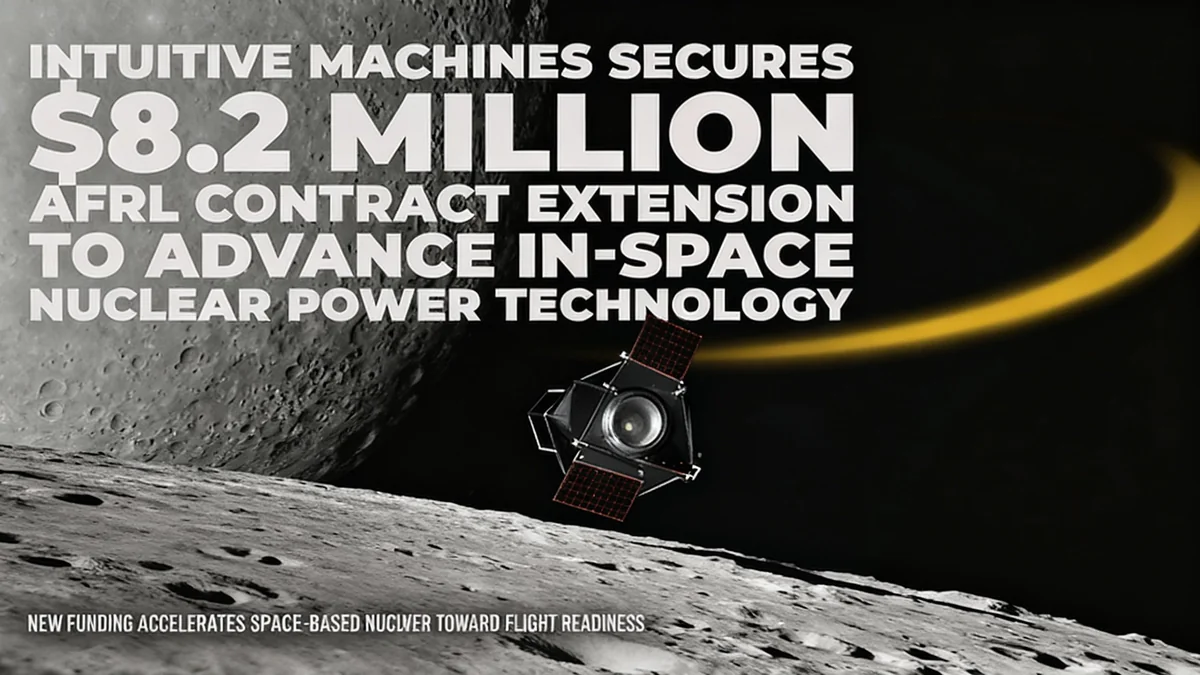The Japan Aerospace Exploration Agency (JAXA) has selected ArkEdge Space, a company specializing in microsatellites, to conduct a detailed study on a new satellite positioning system. The project aims to develop a network in low-Earth orbit (LEO) that can supplement and serve as a resilient alternative to existing Global Navigation Satellite Systems (GNSS).
This initiative, named the “Study of Elemental Technologies and Related Systems for Low-Earth Orbit Positioning Satellite Systems,” seeks to address the growing vulnerabilities of current GNSS technology, such as signal jamming and spoofing.
Key Takeaways
- JAXA has contracted ArkEdge Space to study a new LEO-based positioning, navigation, and timing (PNT) system.
- The LEO-PNT system is designed to provide stronger, more precise signals than current GNSS, which orbits at a much higher altitude.
- A primary goal is to create a GNSS-independent service that can function during disruptions or attacks.
- The study will run from September 2025 to March 2026 and will explore signal design, reception technology, and system architecture.
A New Approach to Satellite Navigation
JAXA has officially signed a contract with ArkEdge Space to advance the development of a dedicated LEO-PNT satellite system. This partnership formalizes the next phase of research into creating a robust navigation network that operates independently of existing global systems like GPS.
ArkEdge Space, led by CEO Takayoshi Fukuyo, is a company focused on the entire lifecycle of microsatellite constellations, including their design, mass production, and operation. Their expertise in small satellite technology makes them a suitable partner for this project, which will rely on a network of compact satellites.
The new study builds upon a preliminary feasibility assessment that JAXA conducted from October 2024 to March 2025. The findings from that initial phase confirmed the potential of a LEO-based system, leading to the current, more detailed research contract with ArkEdge Space.
Understanding Current GNSS Limitations
Traditional Global Navigation Satellite Systems, such as the United States' GPS, operate from medium-Earth orbit at an altitude of approximately 20,000 kilometers. While effective, the vast distance their signals must travel makes them inherently weak by the time they reach the Earth's surface. This low signal strength leaves them susceptible to intentional interference like jamming and malicious deception known as spoofing.
How the LEO-PNT System Offers a Solution
The proposed LEO-PNT system operates on a fundamentally different principle. Instead of distant satellites, it will use a constellation of smaller satellites orbiting at altitudes between 500 km and 1,200 km. This much lower orbit is the key to its advantages.
By being significantly closer to the Earth, the satellites can transmit signals that are much stronger and more resilient. This increased signal intensity makes the system less vulnerable to the signal degradation and interference that can affect high-altitude GNSS.
Altitude Makes a Difference
The orbital altitude of the LEO-PNT system (500-1,200 km) is roughly 20 to 40 times closer to Earth than conventional GNSS satellites (~20,000 km). This proximity dramatically increases the strength of the positioning signal received on the ground.
Technical Goals of the Study
The research, scheduled to conclude in March 2026, has several specific objectives. Engineers at ArkEdge Space will focus on core technical challenges, including:
- Signal Design: Developing optimal signal structures that are robust and provide high-precision data.
- Frequency Analysis: Studying the use of various frequency bands, including the C-band (5010-5250 MHz), S-band, and L-band, to ensure reliable transmission.
- Reception Technology: Researching advanced receiver technologies capable of processing the new LEO signals efficiently.
- System Architecture: Designing a comprehensive system that can provide continuous and reliable position and time information to users globally, even if GNSS services are unavailable.
Advantages and Future Applications
The development of a LEO-PNT system promises several significant benefits over existing technologies. These advantages are expected to enable a new generation of applications that require highly reliable and precise positioning data.
Key benefits include:
- High Signal Intensity: The lower orbital altitude results in stronger signals that can better penetrate obstacles and resist interference, ensuring more reliable service in challenging environments like urban canyons.
- High Precision and Fast Convergence: The rapid movement of LEO satellites across the sky allows receivers to lock onto a position much faster. This rapid convergence is critical for applications like autonomous driving, where real-time accuracy is essential for safety.
- Enhanced Global Coverage: A LEO constellation can extend high-precision positioning services, such as Japan's MADOCA-PPP (Multi-GNSS Advanced Demonstration tool for Orbit and Clock Analysis - Precise Point Positioning), to a global scale. Currently, such services are often limited to regional coverage.
According to ArkEdge Space, the successful development of this technology will contribute significantly to the creation of highly automated societies and help build a safer, more secure future.
Potential applications for this advanced navigation technology are widespread. They include precision agriculture, where automated tractors require centimeter-level accuracy, and the operation of autonomous drones and vehicles. The system's resilience also provides a critical backup for national infrastructure that depends on precise timing and location data, from financial networks to energy grids.





